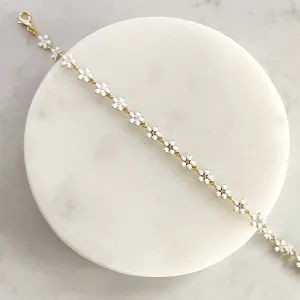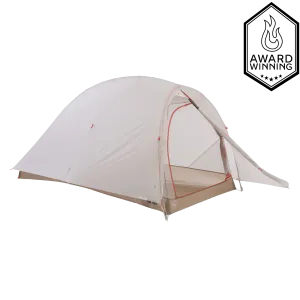Product Details
+🌿 Dicksonia antarctica — Tasmanian Tree Fern
Dicksonia antarctica, known as the Tasmanian Tree Fern, is one of the most iconic and ancient-looking ferns cultivated today. Native to the cool, damp forests of Tasmania and south-eastern Australia, this stunning evergreen (or semi-evergreen) fern adds a dramatic, prehistoric flair to shaded gardens and conservatories. It is one of the hardiest tree ferns available, making it especially prized in temperate regions such as the UK. The plant forms a thick, fibrous, trunk-like stem (technically a rhizome) from which a magnificent crown of arching, feathery fronds unfurls in a symmetrical rosette. The trunk may take many years to develop but can reach up to 4–5 m (13–16 ft) over time in ideal conditions. This species thrives in sheltered, shaded settings with plenty of moisture and high humidity, replicating the conditions of its native rainforest habitat. With its stately form and graceful fronds, Dicksonia antarctica is perfect for woodland gardens, exotic borders, or as a striking centrepiece in a large container.
☀️ Light Requirements
-
Outdoors: Prefers dappled shade or full shade. Avoid direct afternoon sun, especially in hot or dry locations.
-
Indoors/conservatory: Needs bright, indirect light. Avoid direct sunlight which can scorch the fronds.
🌡️ Temperature & Hardiness
-
Ideal temperature: 10–24°C (50–75°F)
-
Hardiness: RHS H4 – Hardy in most parts of the UK; tolerates down to –5°C (23°F) or lower with protection
-
Winter protection: In colder areas, protect the crown with straw or fleece and wrap the trunk if prolonged frost is expected
💧 Watering Needs
-
Watering frequency: Keep the crown and trunk moist at all times during the growing season.
-
Tip: Water into the crown, especially during dry spells. Mist the fronds regularly to maintain humidity.
-
Winter: Reduce watering, but do not let the plant dry out completely. Keep soil just lightly moist.
🪴 Soil & Planting
-
Soil type: Moist, rich, loamy soil with excellent drainage. Incorporate leaf mould or compost when planting.
-
pH: Slightly acidic to neutral (6.0–7.0)
-
Container growing: Ensure large, sturdy pots with excellent drainage. Keep the compost consistently moist.
🌱 Feeding
-
Growing season (spring–summer): Feed monthly with a balanced liquid fertiliser or seaweed extract, poured into the crown and soil.
-
Autumn–winter: Feeding can be stopped while the plant is dormant.
✂️ Pruning & Maintenance
-
Frond care: Remove old, damaged, or yellowing fronds at the base to tidy the plant.
-
Trunk care: The fibrous trunk is composed of old root material and should not be cut. It provides structural support and absorbs moisture.
-
Self-maintaining: Minimal pruning required. Keep the area around the base clear of debris to discourage pests and fungal problems.
🌾 Propagation
-
Spores: Can be grown from spores, but this is a slow and specialist process.
-
Offsets/pups: Not typically produced; propagation is usually from spores or purchased trunks.
-
Note: Many tree ferns are sold as harvested trunks with viable crowns that will re-root when planted.
🐛 Pests & Problems
-
Generally pest-free: Occasionally may suffer from aphids or scale insects.
-
Crown rot: Can occur if water is left to pool in cold conditions. Ensure good drainage and crown protection in winter.
-
Frond scorching: Often a result of direct sun or dry air. Increase humidity and provide more shade if needed.
🧤 Toxicity & Safety
-
Toxicity: Non-toxic to humans and pets.
-
Handling tip: The fibrous trunk can be coarse — wear gloves when handling or pruning to avoid skin irritation.
🏡 Garden & Indoor Highlights
-
A show-stopping centrepiece for shaded gardens, tropical borders, and large conservatories.
-
Pairs beautifully with hostas, heucheras, astilbes, and other moisture-loving shade plants.
-
Suitable for large containers on shaded patios or courtyard gardens.
-
Excellent for creating a Jurassic or woodland garden atmosphere.
-
Long-lived and low-maintenance once established — a true statement plant.















